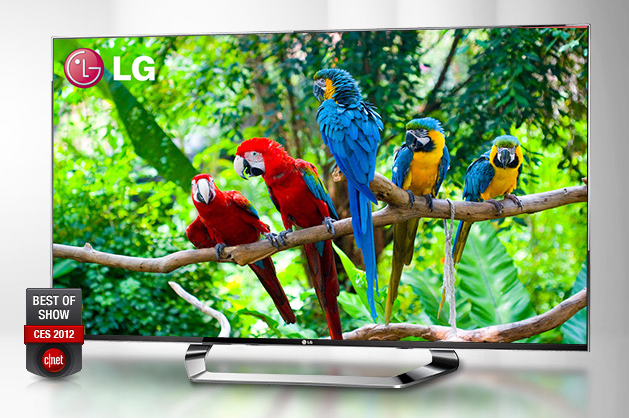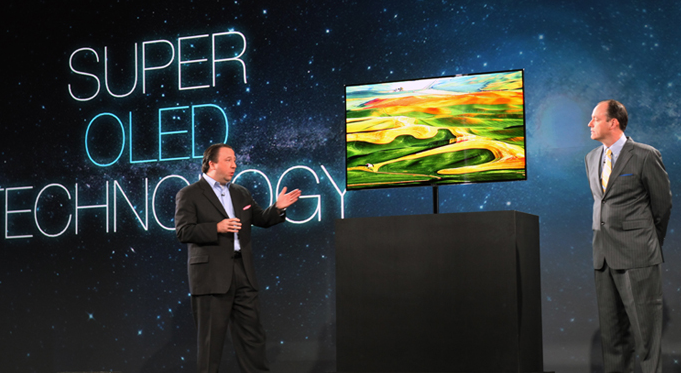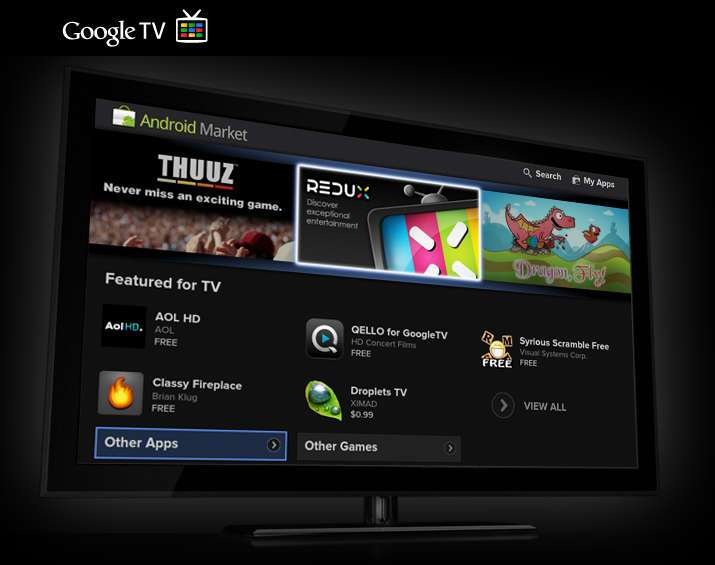CES 2012, the world’s premier consumer electronics event, was held recently in Las Vegas. As expected there was a marvelous showcase of smartphones, mobile devices, computers (laptops and tablets), cameras, gaming consoles, media devices, software and apps, and all other kinds of cool new technological gadgets. The category that interests us most, of course, is home theater.
If you haven’t gotten the chance to follow some of the trends that were set this year, here’s a quick recap of what went down. On this post we’ll focus on TVs, the centerpiece of our home entertainment system.
LG wins CNET Best of CES
At CES 2012 there was great buzz surrounding LG’s booth – and for good reason. The company’s groundbreaking 55-inch OLED HDTV, the LG 55EM9600, caught the eye of everyone, with its (nearly) borderless frame, vibrant colors, astonishingly bright and sharp screen, a virtually infinite contrast ratio, and superb performance of 4-color (red, green, blue, and white) OLED (organic light emitting diodes) panel. LG’s 55-inch OLED HDTV will likely set in motion the future adoption of OLED technology, which is actually designed to perform at a more cost-efficient level than your usual LEDs, LCDs, and plasmas. CNET awarded the LG 55EM9600 with the CES Best of Show 2012 title. The OLED HDTV is expected to be available by third quarter of this year.
Samsung not to be outdone
Actually, it wasn’t just LG who unveiled a 55-inch OLED HDTV. Samsung announced one, too, and it features the company’s so-called Super OLED technology. Samsung’s OLED pixel units consist of red, green, and blue sub-pixels, each emitting its own light and offering up to 40 percent improved color accuracy compared to LED. Samsung’s Super OLED TV also boasts of the company’s Smart Hub feature, the Samsung HDTV apps store, plus two microphones and a built-in camera, the combination of which enables users to leverage the company’s voice and motion control and facial recognition technology.
So now there are two brands competing for the world’s thinnest, lightest, and biggest OLED TVs. Certainly the technology promises to be the next big thing in home theater.
The rise of 4K
Manufacturers like LG and Sony also showed models of 4K TV sets, which offer four times the resolution of today’s HDTVs. By this, we mean that the displays have 4,000 lines of resolution (counting on the horizontal side of the screen) and about 8 million pixels. This represents a move beyond 1080p, and possibly the introduction soon of 4K Blu-ray disc players, gaming consoles, and, maybe, 4K broadcasting. Sharp even showed off an 85-inch 8K prototype TV (Ultra HDTV, or UHDTV), with over 33 million pixels and roughly the same resolution as IMAX.
Google TV is back
Google TV, the smart TV platform from the search engine giant, made a sort of comeback this year at CES, after its first-generation digital media system (launched in 2010) flopped in the market. This time, it’s gaining foothold thanks to a new partner: Samsung. (LG, Sony, and Vizio are also set to introduce Google TV sets later this year.) Google TV also has an enhanced set of features, including a new recommendation engine; integration with Netflix, Amazon Instant Video, HBO GO, and other VOD services; enhanced integration with DISH Network; streaming videos and audio via YouTube, Redux, Vimeo, Daily Motion, Pandora, Slacker Radio, Napster, and more; built-in Google Chrome browser; and smart TV apps from the Android Market.




